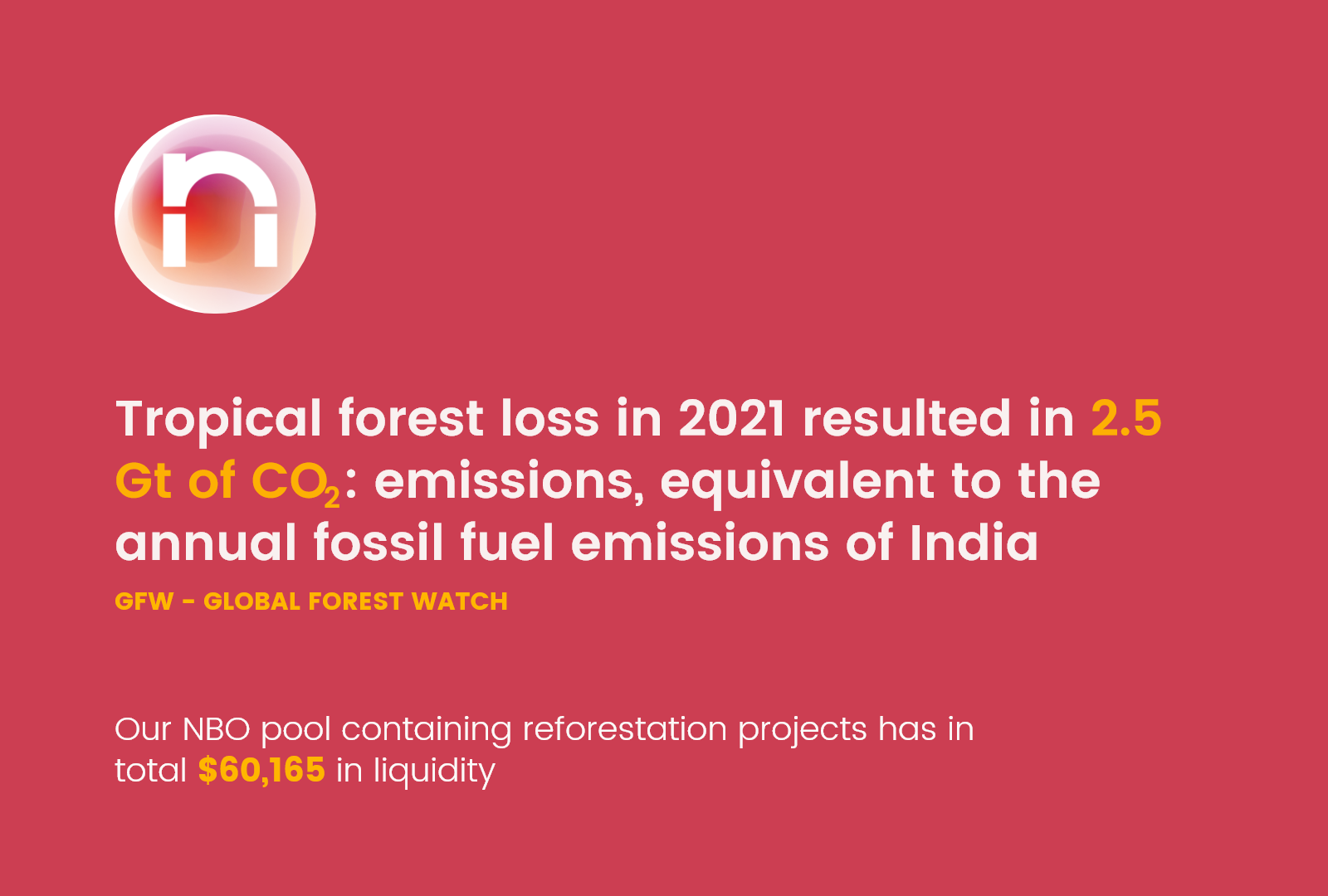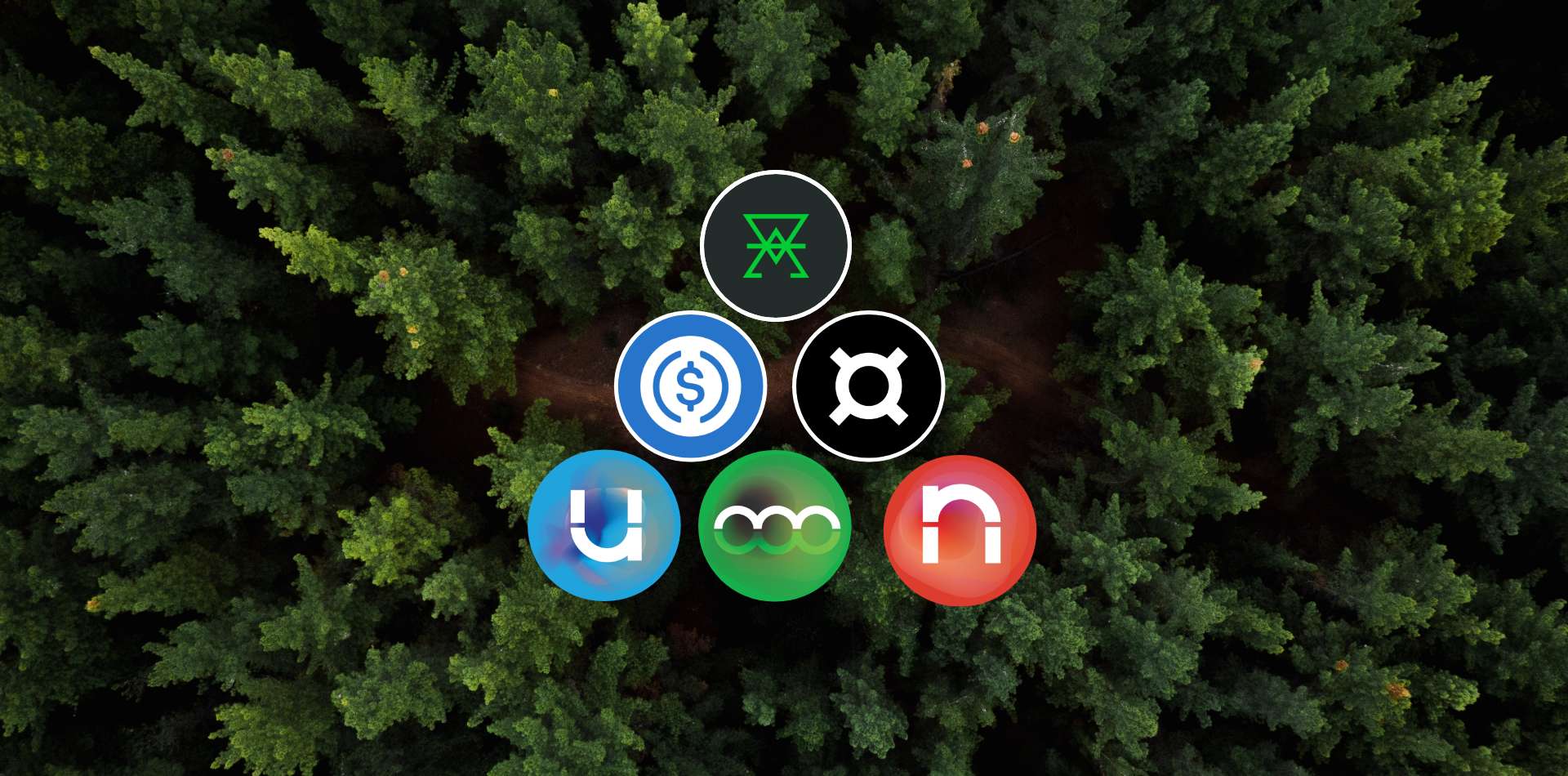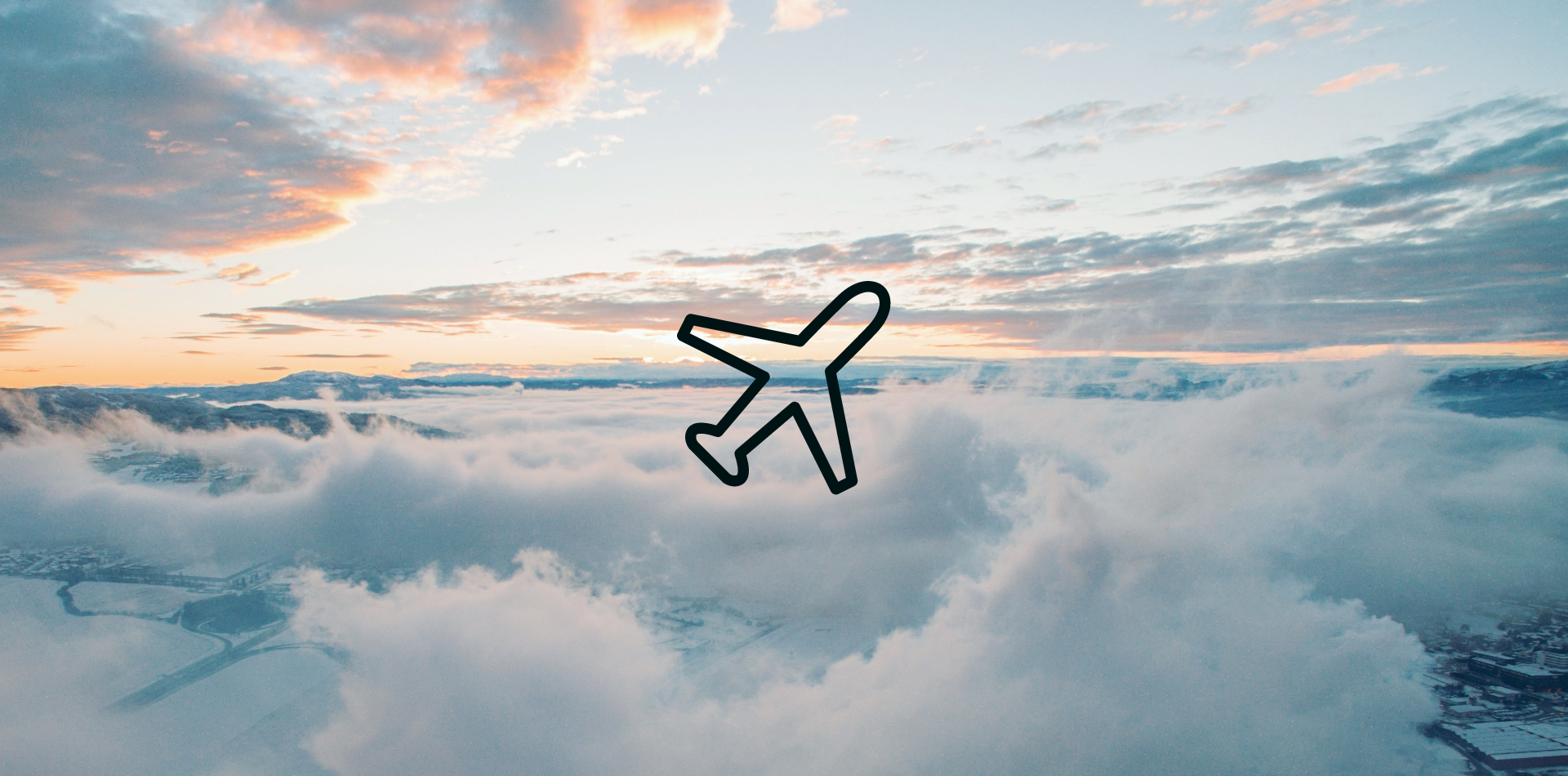
What is the role of carbon credits?
Carbon credits (often referred to as “carbon offsets”) have an important role to play in the battle against climate change. They are a market-based solution for climate change that enables finance to flow to global projects that deliver solutions which enable the avoidance or removal of carbon dioxide from the atmosphere.
They enable individuals and organizations to support decarbonization efforts that go beyond their own carbon footprint and value chains. This in-turn helps accelerate the transition to a net zero carbon future. The term net zero refers to a state in which the greenhouse gases going into the atmosphere are balanced by their removal out of the atmosphere. It is an important concept because if we can achieve it, we can stop global warming.
The heterogeneity of sources, sectors and sites currently emitting greenhouse gases implies that no single legislative body, whether nationally or internationally, can close the gap between our current trajectory on failing achieving net zero carbon emissions. Therefore, carbon credits are not a panacea for climate change action — but they are one of many important tools in the toolbox for tackling climate change.
Carbon credits are now being adopted at pace by people, activities and sectors that do not fall under climate policy and regulation. Those using carbon credits are those who are voluntarily choosing to invest in the planet.
What is a carbon credit?
A carbon credit is a certificate representing one tonne of carbon dioxide equivalent that is either prevented from being emitted into the atmosphere (emissions avoidance/reduction) or removed from the atmosphere as the result of a carbon-reduction project.
The carbon credit certificate can be purchased and then retired (or offset), when this happens the emissions benefit is attributed to she who made the retirement.
Both avoidance/reduction and removals carbon credits are required to close the emissions gap. This is because we must both decarbonize our infrastructure and protect the natural assets we have to halt the rapid increase in our carbon emissions, whilst simultaneously removing carbon dioxide from the atmosphere to balance out the emissions we have historically created.
Common types of carbon credits can include:
- Renewable energy installations (emissions avoidance/reduction): carbon projects that help displace a carbon emitting energy generation in favour of a more sustainable solution. For example, a solar energy installation can reduce the dependency of a region or country on fossil fuels and support the decarbonization of the local energy system — energy remains one of the largest contributors to global carbon emissions.

- Forest protection (emissions avoidance/reduction): our planet’s forests are one of the most important resources to help fight climate change as they absorb the most carbon dioxide from the atmosphere of all of our terrestrial biomes. Our forests also offer a number of co-benefits as they are home to communities, and unique pockets flora and fauna. Unfortunately, as of 2022, deforestation and land degradation accounted for over 10% of global greenhouse gas emissions. Forest conservation through initiatives such as REDD+ projects ensure that deforestation can be avoided. These initiatives are considered one of the most vital actions and cost-effective levers we have in the fight against climate change.

- Reforestation and afforestation (removal): by focussing on supporting projects that remove carbon emissions through by reforesting previously felled forests (reforestation) and supporting the creation of new forests (afforestation), we can remove carbon emissions from the atmosphere by increasing the size of our forests and the amount of carbon that is fixed through photosynthesis.

What are the criteria for issuing carbon credits?
It is important to note that not any project that reduces or removes carbon emissions can issue carbon credits. There are a number of strict criteria that must be adhered to before a project can become certified, the criteria are defined by the International Carbon Reduction and Offsetting Alliance (ICROA). If a project can demonstrate they adhere to these criteria, projects can then become certified to issue credits by standards bodies such as Verra and Gold Standard.
The criteria that must be met to issue a carbon credit include:
- Real: All emission reductions and removals — and the project activities that generate them — shall be proven to have genuinely taken place.
- Measurable: All emission reductions and removals shall be quantifiable, using recognized measurement tools (including adjustments for uncertainty and leakage), against a credible emissions baseline.
- Permanent: Carbon credits shall represent permanent emission reductions and removals. Where projects carry a risk of reversibility, at minimum, adequate safeguards shall be in place to ensure that the risk is minimized and that, should any reversal occur, a mechanism is in place that guarantees the reduction or removals shall be replaced or compensated. The internationally accepted norm for permanence is 100 years.
- Additional: Additionally is a fundamental criterion for any offset project. Project-based emissions reductions and removals shall be additional to what would have occurred if the project had not been carried out.
- Independently verified: All emission reductions and removals shall be verified to a reasonable level of assurance by an independent and qualified third-party.
- Unique: No more than one carbon credit can be associated with a single emission reduction or removal as one metric ton of carbon dioxide equivalent (CO2e). Carbon credits shall be stored and retired in an independent registry.
What is the role of C3 and the blockchain in the carbon markets?
Carbon credits are traded within the Voluntary Carbon Market. The market has been developed over the past two decades, and during this time it has experienced significant growth as the quality, supply and demand for carbon credits has increased.
As carbon credits are transacted within the Voluntary Carbon Market, the ownership and retirement of them is updated within the databases owned and managed by the standards bodies.
The blockchain itself is a similar solution to using a database to ensure that transactions and activity can be tracked and reviewed as they are completed. However, a public blockchain is an open and transparent database that anybody can use.
In addition, blockchains built on the Ethereum network can be programmed using ‘smart contracts’. This enables tokens to be integrated efficiently with a variety of projects. These projects may be prioritising different things such as market making, lending, or other useful applications that can increase market efficiencies.
C3 is an automated carbon bridge. This means that we convert carbon credits into tokenized carbon credits. Once the credits are tokenized, they can have a presence on the Ethereum blockchain, and this enables them to be exposed to the benefits of the ecosystem.
Therefore, C3 is actively increasing the transparency and efficiency. This is an important point, because individuals or organizations who are investing in carbon credits are doing so because they want to invest in the planet.
Ultimately, an opaque and inefficient market slows down the financing of the projects type listed above, and inhibits our progress in fighting climate change.
C3’s objective is to maximize the bandwidth between the legacy carbon markets and the blockchain-enabled carbon markets. To do this, we integrate a number of innovations enabled by Ethereum, including the development of liquidity pools, user incentives and the very act of tokenisation — a point which we will explore further in next week’s blog.



